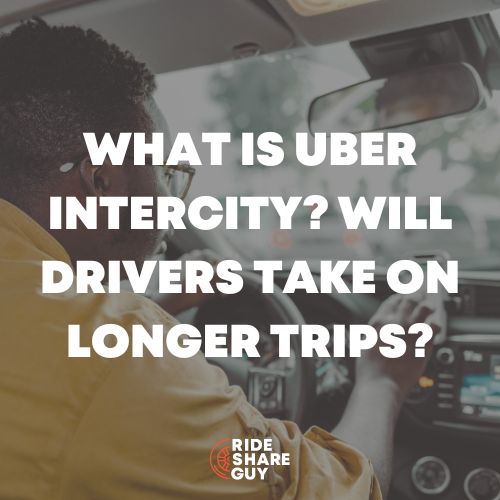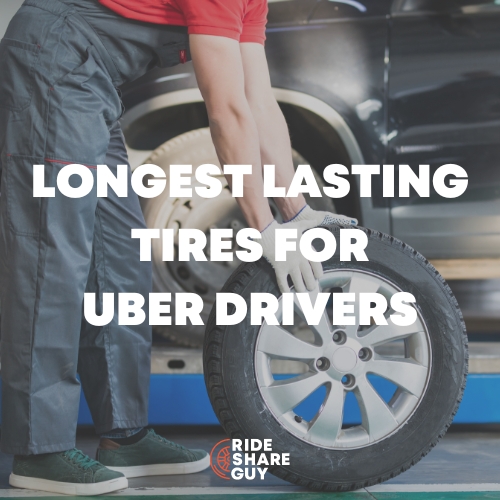It was a busy week and weekend for Uber and Lyft, from earnings calls to TLC crackdowns in New York City. RSG contributor Sergio Avedian breaks down how Lyft, in particular, is handling these new regulations below.
A lot is happening right now in New York City and the implications could impact rideshare regulations across the entire country. But for now, what you need to know is that back in June, Lyft instituted a new policy that prevents drivers from logging on to the company’s app during periods of low demand. Now, drivers have to wait until ride requests pick up, or drive to a busier neighborhood like Midtown, Brooklyn or Manhattan.
On August 7, 2019, N.Y. TLC (Taxi Limousine Commission) extended the cap on Uber and Lyft vehicles and instituted new rules on “cruising”. If you remember, almost a year ago to the day, the New York TLC made the historic move to cap and freeze the number of rideshare vehicles in order to reduce congestion. Lyft did not actually challenge the cap itself in court, but rather focused its litigation on the TLC’s approach to setting the pay formula. Specifically, Lyft challenged the company-specific utilization rates, which they argued would lead to lower earnings over time. Of course, that’s not necessarily how drivers saw it.
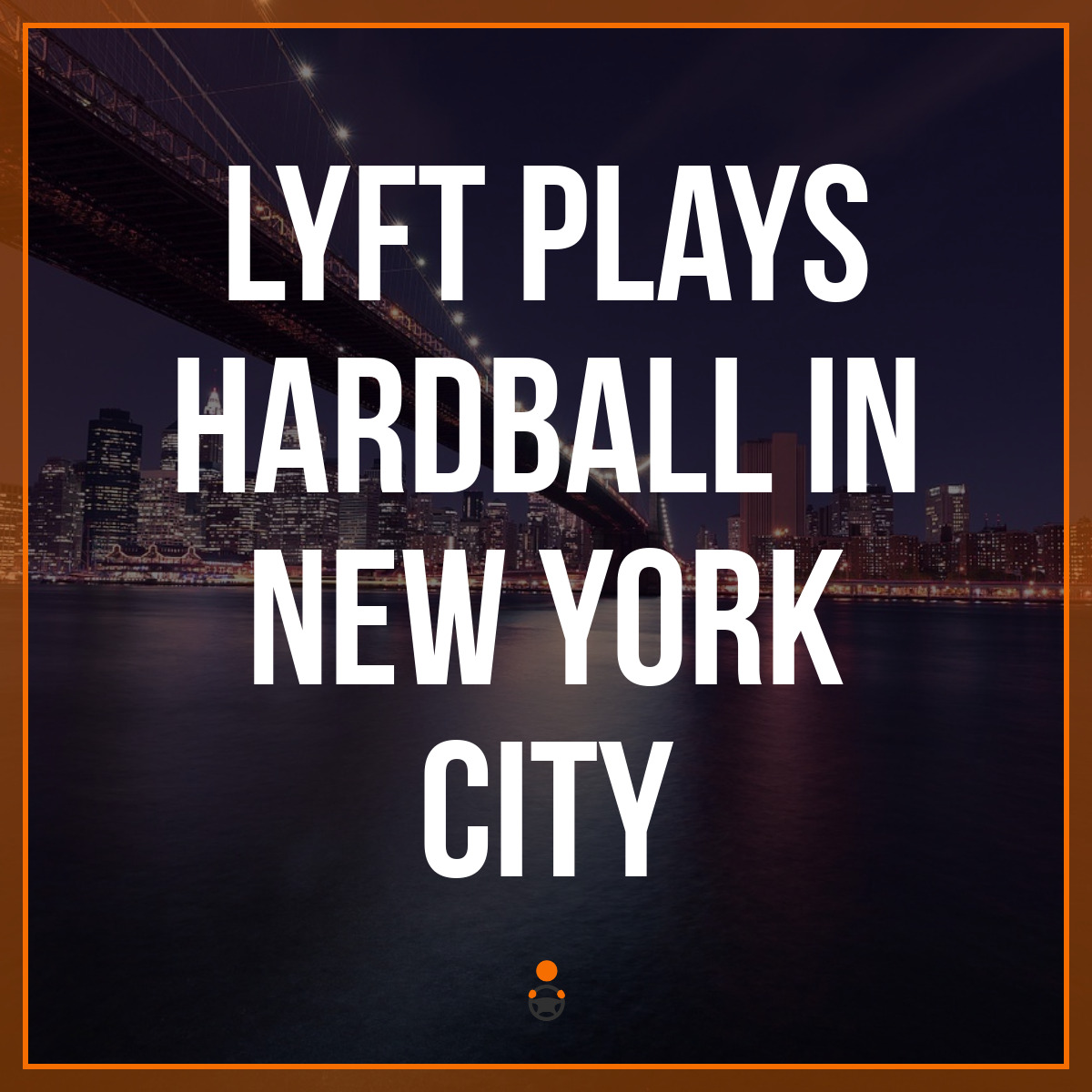
“TLC will regulate the number of new licenses to make sure future growth in vehicles is in line with the demand for trips, since the industry has proven unwilling to take such steps on its own,” Department of Transportation Commissioner Polly Trottenberg wrote in the Daily News last month, “120,000 FHVs, 80,000 more than in 2010, is plenty for now.” New York City is among the largest, if not the largest market for rideshare companies such as Uber and Lyft, which have benefited greatly until this point from limited regulations.
The licensing cap extension is more or less self-explanatory, but the new ruling on “cruising” requires some explanation. While logged on to Uber & Lyft platform, FHV (For Hire Vehicle) drivers necessarily spend some of their time either driving while waiting for a request, or deadheading towards the location of their next passenger while no one else is currently in the vehicle.
Research done by TLC suggests cruising by Uber & Lyft drivers account for over 40 percent of VMT (Vehicle Miles Traveled, a standard metric in this type of study) for FHVs.
Rideshare companies in New York will be required to reduce that number to 36 percent by February and 31 percent a year from now. Unfortunately, there’s a significant but well intended loophole in the cap for WAV (Wheelchair Assisted Vehicles). Since the freeze was instituted last year, the number of those vehicles has more than tripled according to the N.Y TLC.
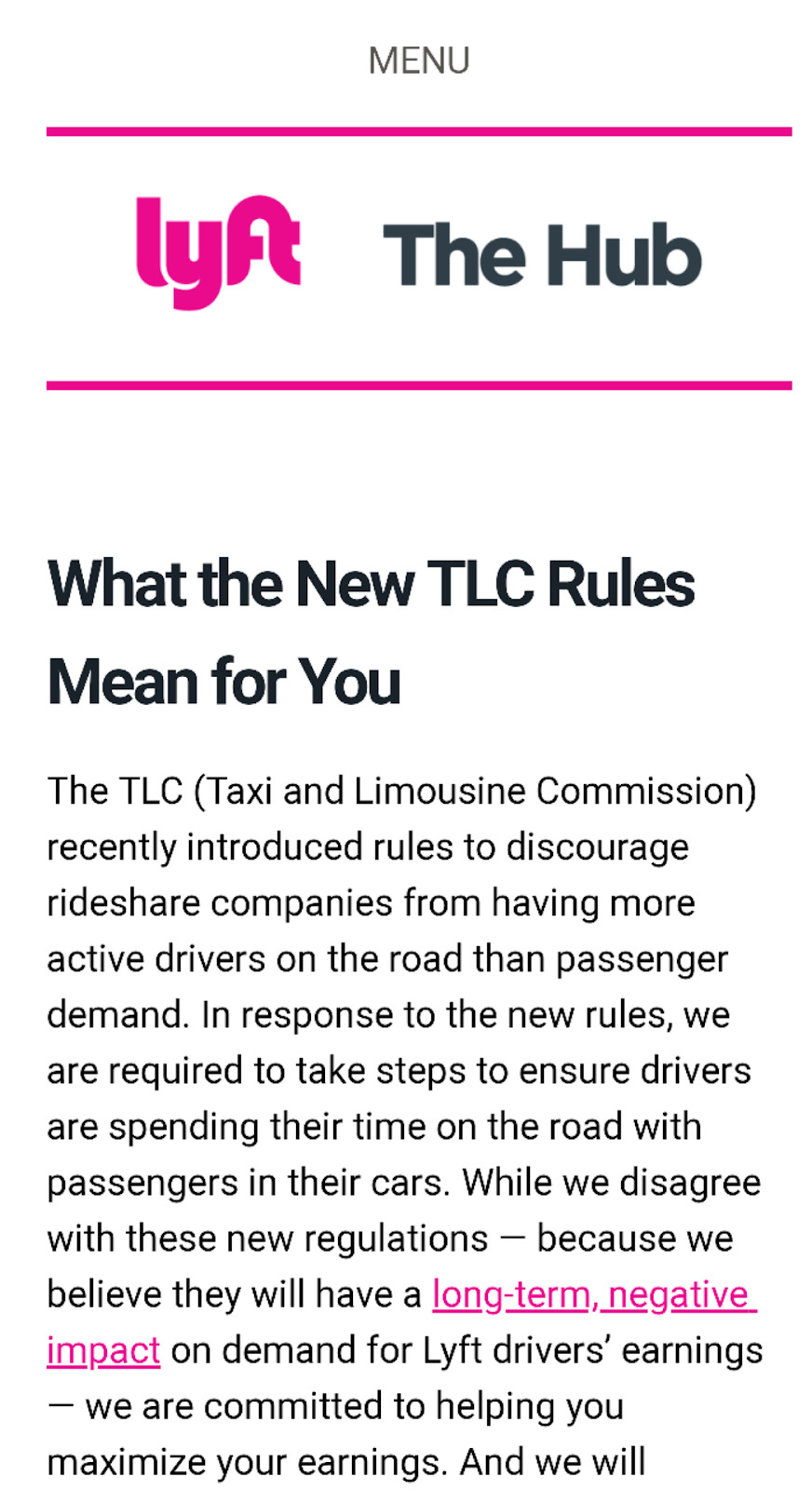
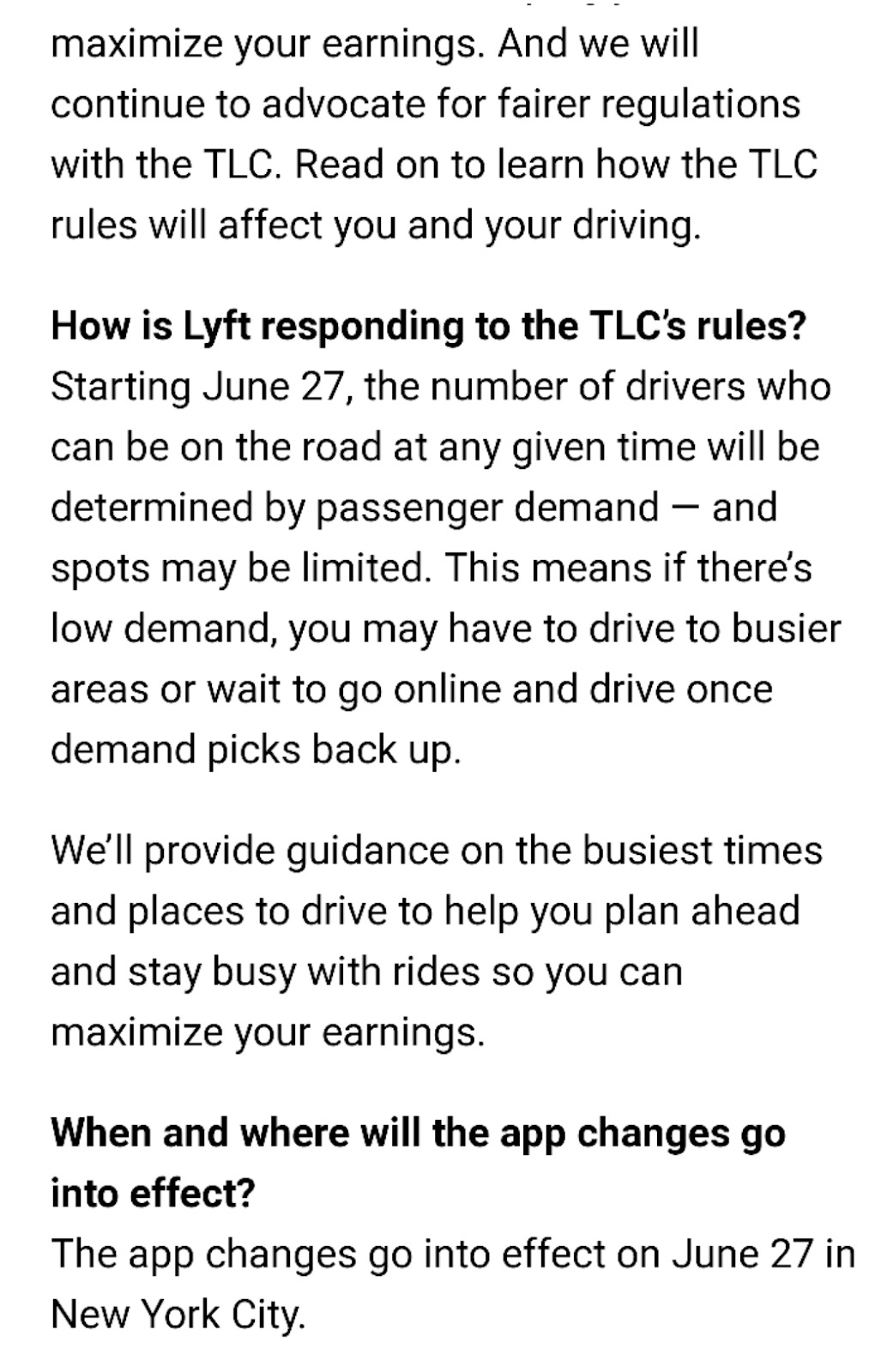
You can get around Lyft’s restrictions by signing up to drive for Uber or drive for Via in NYC.
Why is Lyft Taking the Pink Gloves Off?
The pink gloves are off, as Lyft is retaliating against the new minimum-wage rules that it unsuccessfully challenged in court. The new payment formula looks at how much of the time a driver cruises with an empty car. The more cruising a driver does, the more fare revenue the app-based company needs to share to ensure the driver makes at least $17.22 an hour after expenses and $27.86 in gross earnings per hour.
Uber has not instituted such action, but they can’t be too far behind. It’s times like these when I say bring on California bill AB5. Uber and Lyft are treating the drivers as employees already and the NY TLC commision didn’t force Uber and Lyft to change the driver status from IC (Independent Contractor) to employees. I wonder what they will do in California if AB5 passes in its current form at the end of August 2019.
Lyft Drivers Can Log On to Their Accounts Under Certain Conditions
In New York City, drivers will have to keep looking for busy areas throughout the day, or risk getting thrown off the app until demand increases. Some Lyft drivers will be exempt, such as the ones who accept 90% or more ride requests and have completed at least 100 rides in the previous 30 days, and ones on Lyft’s car lease/rental programs.
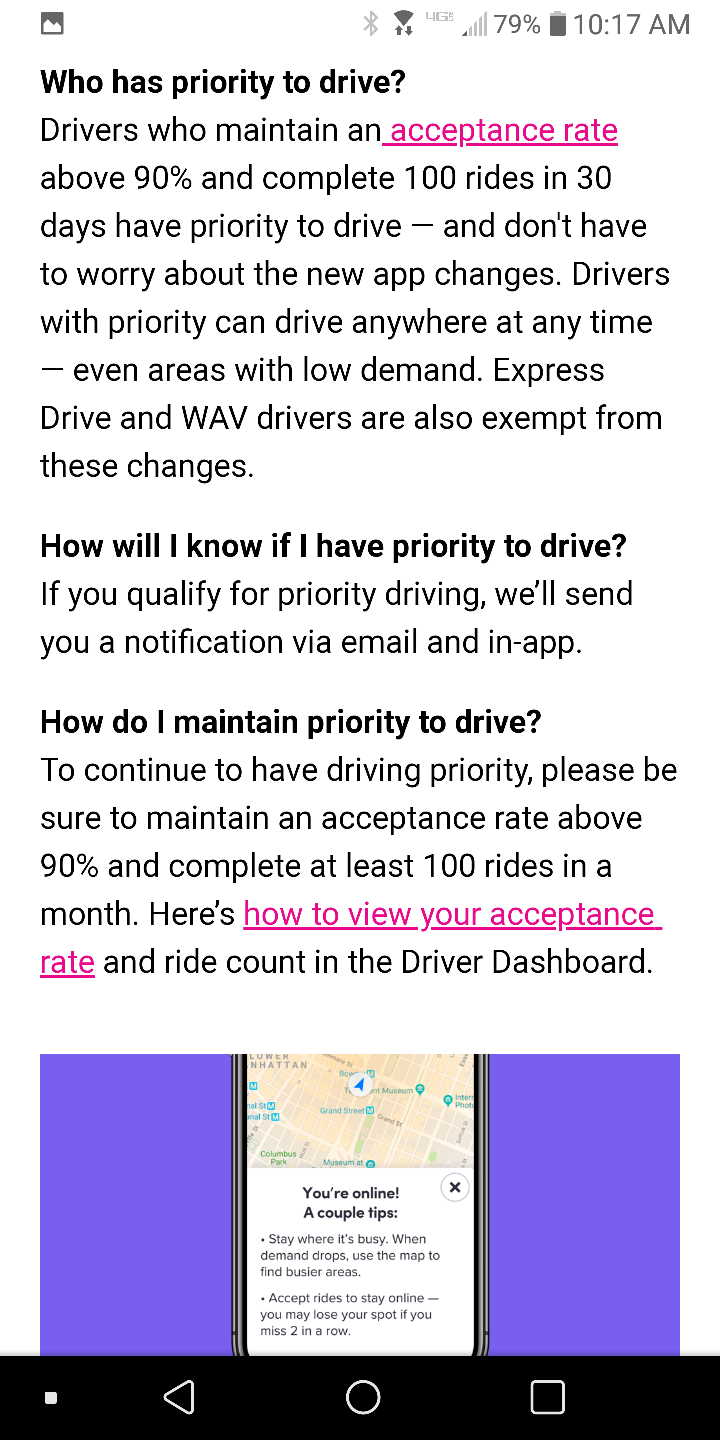
Is This About Control?
I understand where Lyft is coming from. Obviously, they can’t allow drivers circling Manhattan without a passenger and get paid the minimum wage the New York TLC instituted. But why would they put additional restrictions such as 90% acceptance rates or having done a minimum of 100 rides during the past 30 days.
What I also noticed that Lyft does not put any conditions on Hertz Rental, Express Drive and WAV drivers since they are forced to hit a certain number of rides in order to qualify for bonuses.
Advertisement: Download this app and save money on every gallon of gas you buy
Lyft is Guiding Drivers on When and Where to Drive
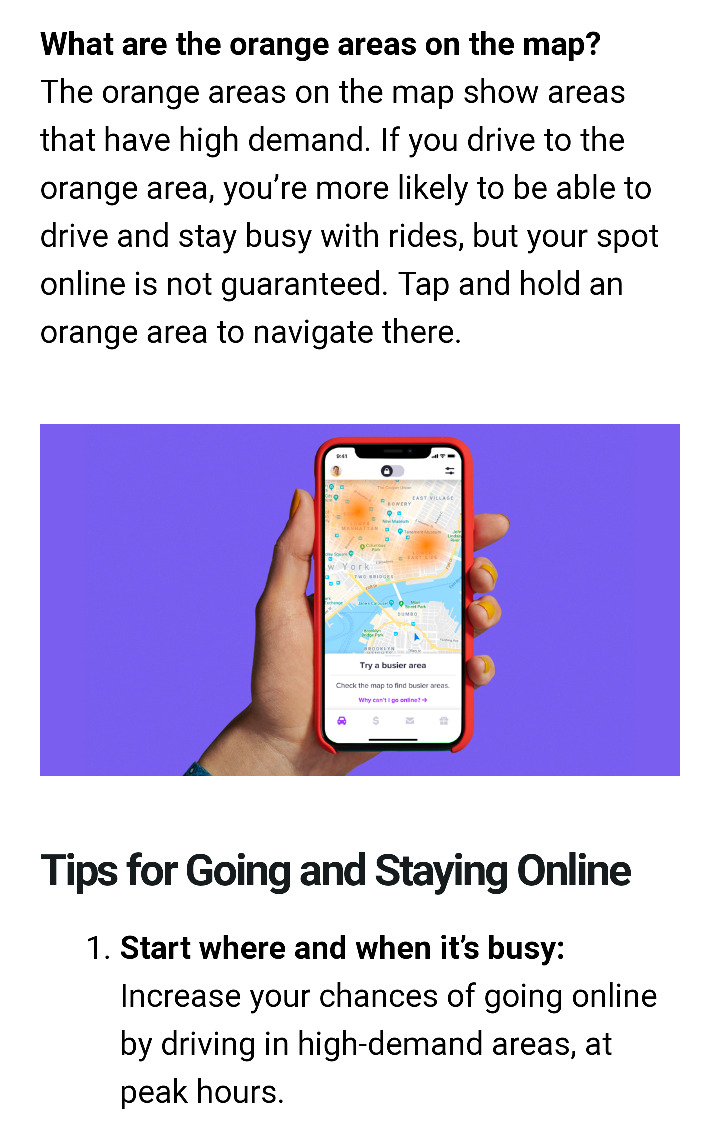
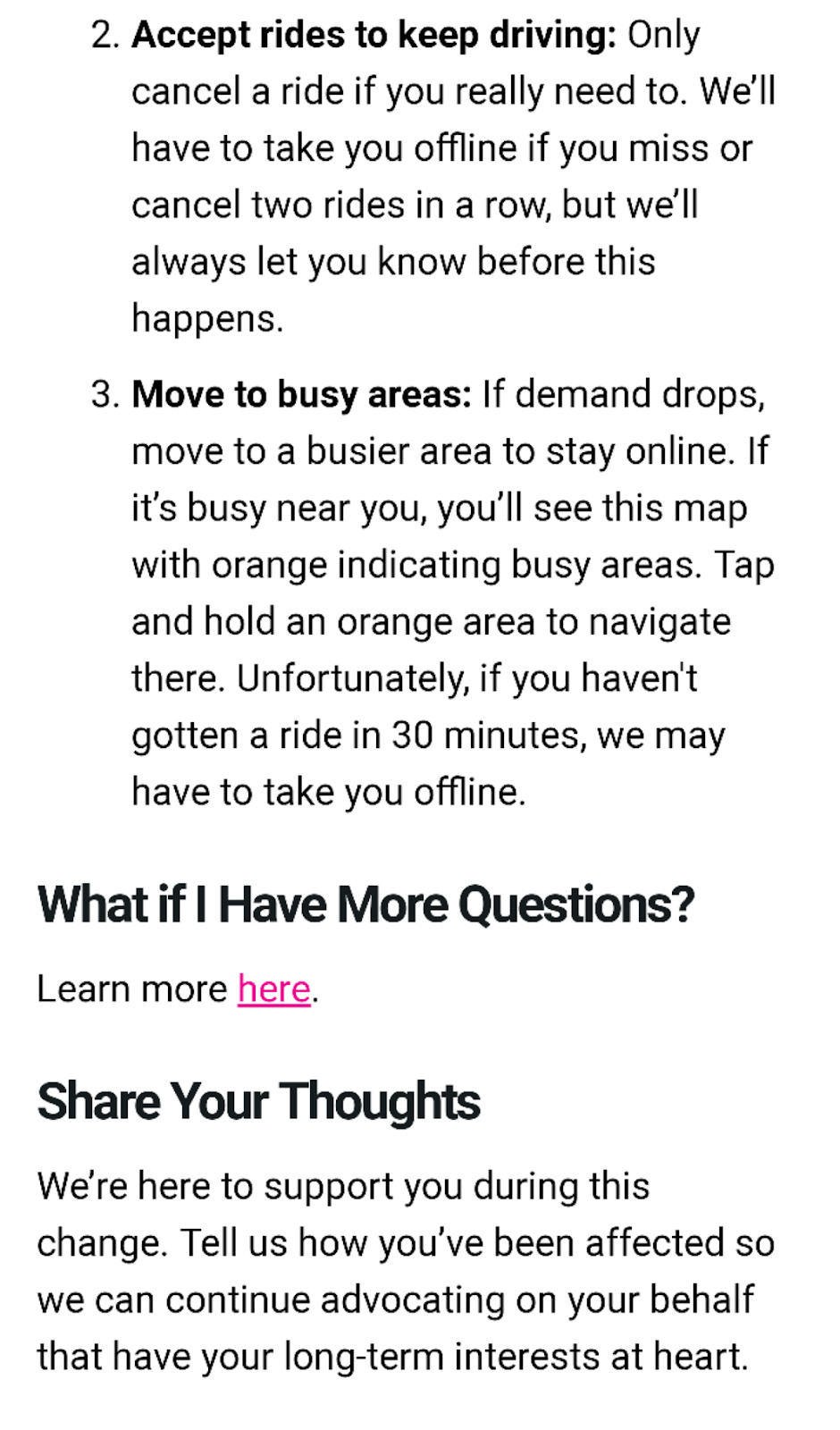
Lyft’s move is meant to demonstrate to the city the “unintended consequences” of its earnings’ rule. The company is fighting the new regulations, claiming they will have a draconian effect on drivers’ ability to earn a living.
I have interviewed a driver, Steven from Brooklyn, and he said his earnings are down a substantial amount since the TLC commission cracked down on the rideshare companies due to his acceptance rates being low and Lyft not allowing him on the platform. He is not allowed to turn his app on when he wants and work, but luckily he’s also on the Uber platform and as of now Uber has not taken the drastic measures Lyft has. “I would be driving and after a certain time the app would just cut me off. The app companies treat us like disposables,” he said.
The new incoming rules will limit the amount of time that app-based for-hire vehicles are allowed to spend in Manhattan below 96th St. without a passenger.
You can get around Lyft’s restrictions by signing up to drive for Uber or drive for Via in NYC.
What Does This Mean for Drivers Nationwide?
Rideshare is a great concept; it offers a chance of additional income for millions of people. It is a convenient and safe way for passengers to travel. But Uber and Lyft decided to engage in an ugly race to the bottom, where there are no winners. They also decided to put a ridiculous number of cars on the road and over saturated the marketplace while telling the drivers the more they drive the more they would earn.
Lyft’s move to restrict the number of drivers in NYC is yet another step to treating drivers like employees, without the threat of a law such as AB5. New York City may just be the beginning of changes coming to rideshare platforms across the nation.
On the other hand, New York City is unique – NYC also has strict laws on the type of rideshare insurance drivers can have, which other cities do not. That said, if AB5 passes in its entirety in California, you could see a tidal wave of similar legislation be approved around the country.
NYC’s new rules are a wake up call, but California’s AB5 could be the domino that tips things over for rideshare drivers.
Drivers, what do you think of NYC’s new rules? Do you think they could happen nationwide?
-Sergio @ RSG
